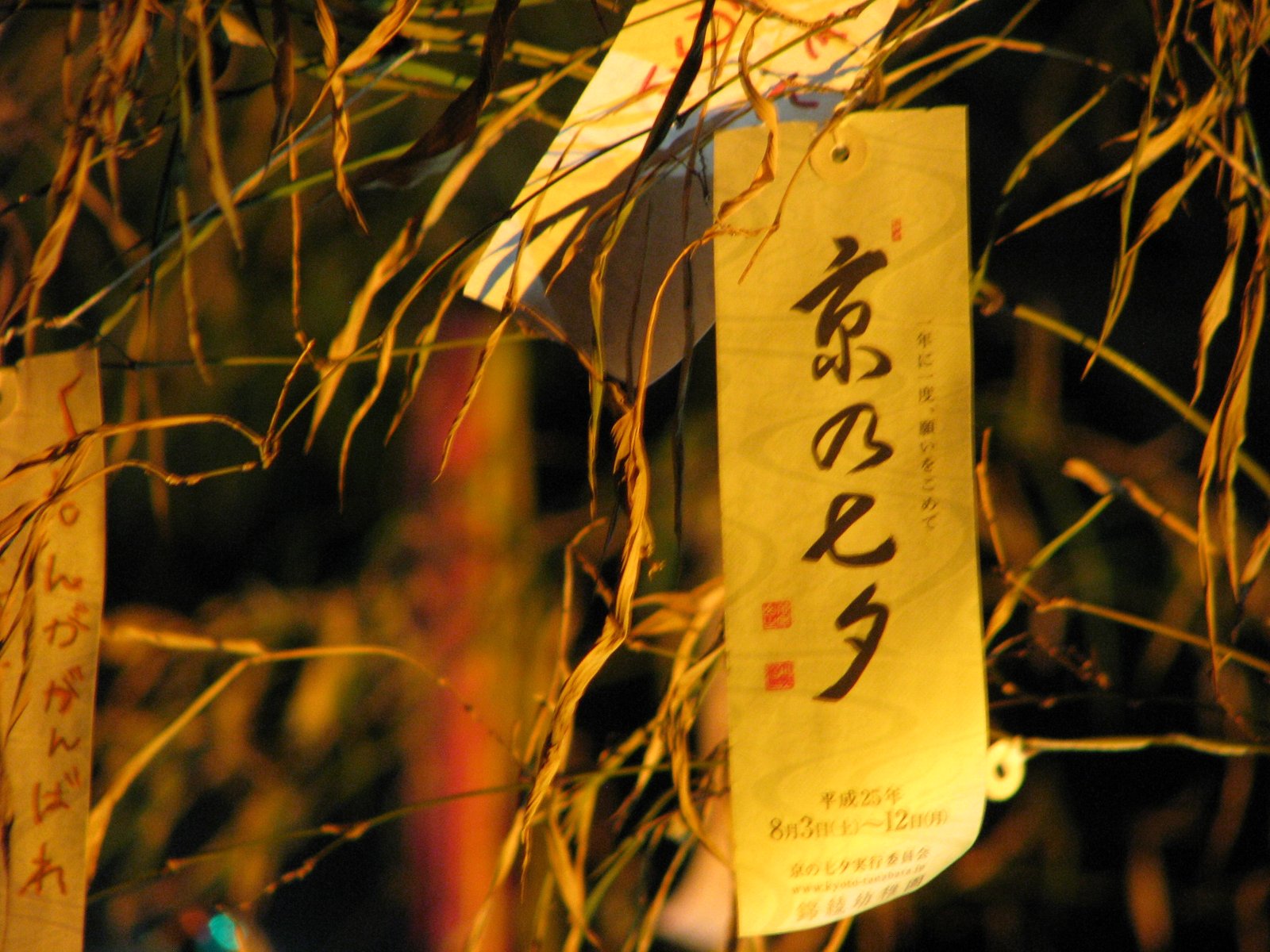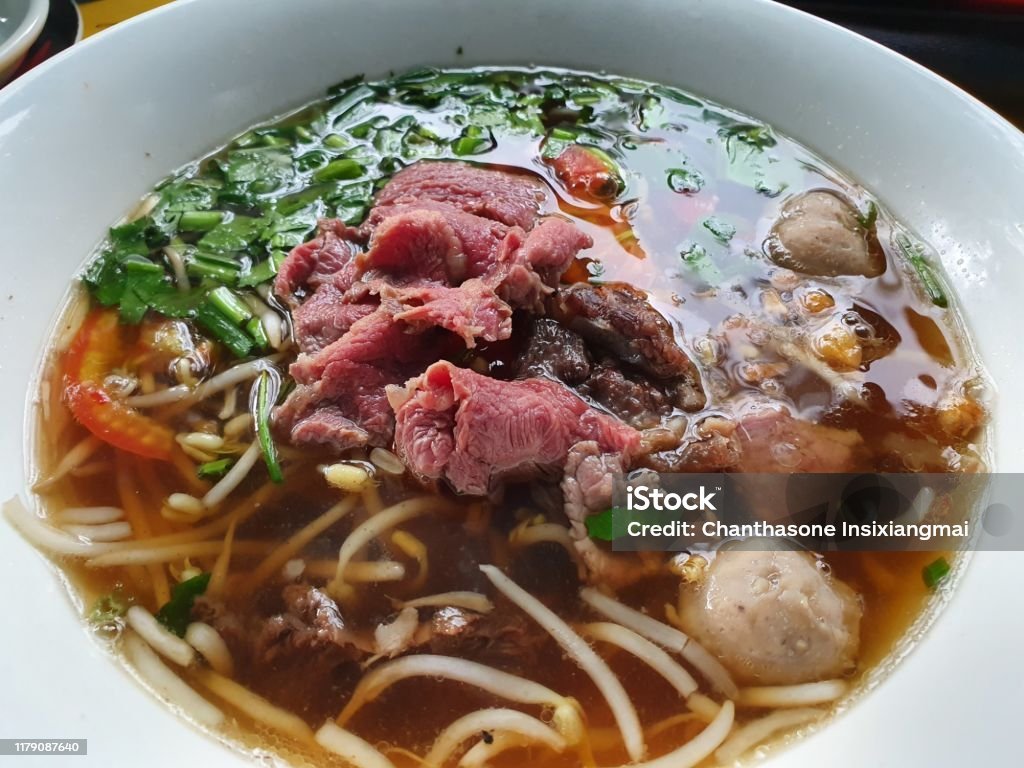
Double Seventh Day, also known as the Qixi Festival (七夕节), is one of China’s most romantic and cherished traditional holidays. Celebrated on the seventh day of the seventh month in the lunar calendar, this festival is often referred to as the “Chinese Valentine’s Day.” The festival dates back over 2,000 years and is rooted in a legendary love story that has captivated the hearts of many generations.

The Legendary Love Story of Zhinü and Niulang
The origins of Double Seventh Day are deeply intertwined with the ancient folktale of Zhinü, the Weaver Girl, and Niulang, the Cowherd. Zhinü was a heavenly maiden skilled in weaving clouds, while Niulang was a humble mortal cowherd. Despite their differences, they fell deeply in love and lived a peaceful life together on Earth, raising two children.
However, their love was forbidden. Zhinü’s mother, the Queen Mother of Heaven, disapproved of the union between a mortal and a celestial being. In an act of cruelty, she separated the lovers by drawing a vast river between them, which later became known as the Milky Way. Heartbroken, Zhinü and Niulang were forced to live apart, only able to see each other once a year—on the seventh day of the seventh lunar month. On this special day, flocks of magpies form a bridge across the Milky Way, allowing the lovers to reunite for one brief, joyous moment.

This tale of love and separation has made Double Seventh Day a symbol of devotion, perseverance, and the enduring power of love.
How the Festival Is Celebrated
While the Qixi Festival is a romantic occasion, it also reflects deeper cultural traditions related to craftsmanship, family, and community.
- Praying for Skillful Hands: In ancient times, women would celebrate by offering fruits and flowers and demonstrating their weaving and needlework skills to honor Zhinü, the Weaver Girl. It was believed that praying to Zhinü on this day would bring blessings of skillfulness and a happy marriage.
- Romantic Customs: For modern couples, Qixi has taken on a more romantic tone, much like Valentine’s Day in the West. Young couples exchange gifts, flowers, and tokens of love, while some may visit temples to pray for lasting relationships and happiness.
- Star Gazing: The legend of Zhinü and Niulang is associated with two real stars in the night sky: Vega (Zhinü) and Altair (Niulang). On the night of the Qixi Festival, people often look to the stars, hoping to catch a glimpse of the magpie bridge and the lovers’ celestial reunion.
- Making Traditional Foods: In some regions, people prepare Qiaoguo, a special pastry made from flour, sugar, and oil, shaped into various intricate designs. These treats are shared with loved ones and symbolize good fortune and happiness.
The Evolution of Double Seventh Day
While the festival’s romantic elements have become more prominent in recent years, especially in urban areas, the Qixi Festival has also maintained its ties to craftsmanship and tradition. It has evolved into a day that celebrates not only romantic love but also family bonds, craftsmanship, and personal growth. Today, it is celebrated in China and other East Asian countries, with variations of the story and customs.
The Global Influence of Double Seventh Day
As Chinese culture spreads across the world, so too has the celebration of Double Seventh Day. Although less commercialized than Western Valentine’s Day, the Qixi Festival has inspired similar romantic holidays across East Asia, such as the Tanabata in Japan and Chilseok in Korea, each with its unique twist on the story of star-crossed lovers.

Conclusion
Double Seventh Day, or the Qixi Festival, is more than just a celebration of love. It is a reminder of the power of devotion, the pain of separation, and the hope of reunion. Rooted in ancient folklore and filled with timeless traditions, it remains one of China’s most beloved festivals, symbolizing love that transcends boundaries—both earthly and celestial.






